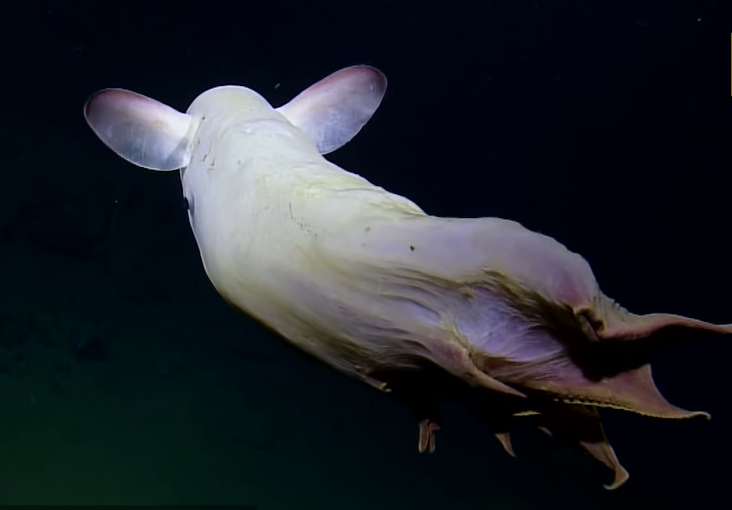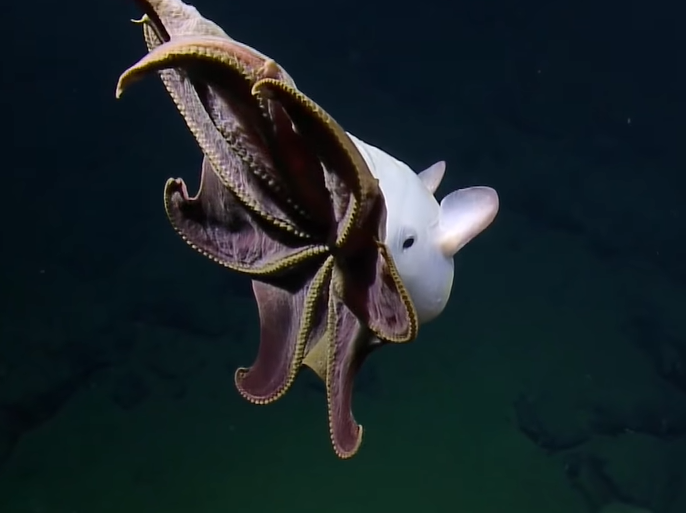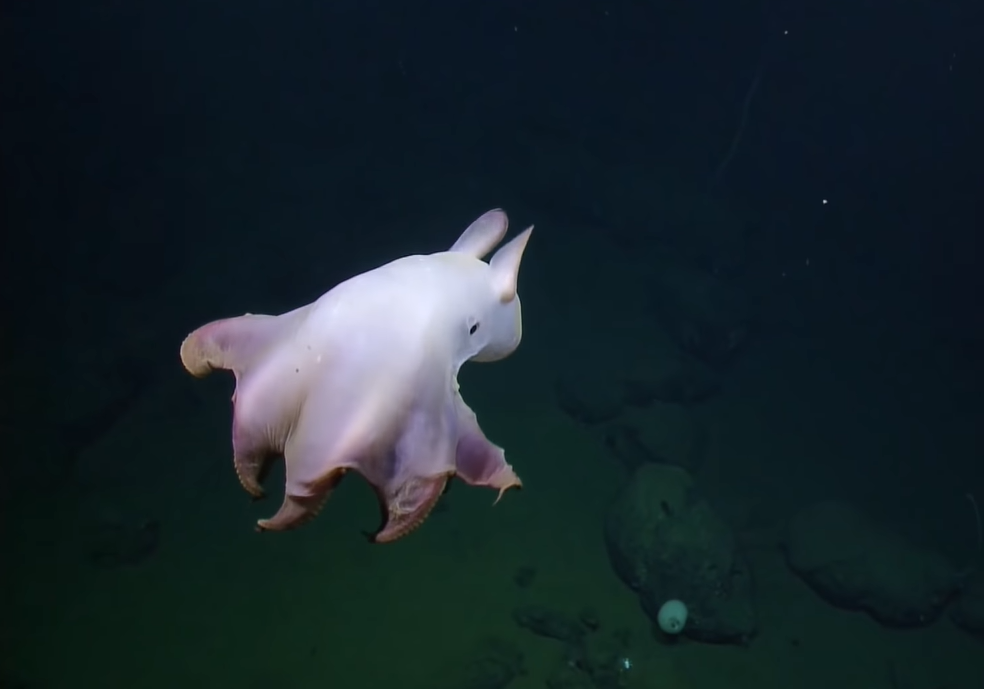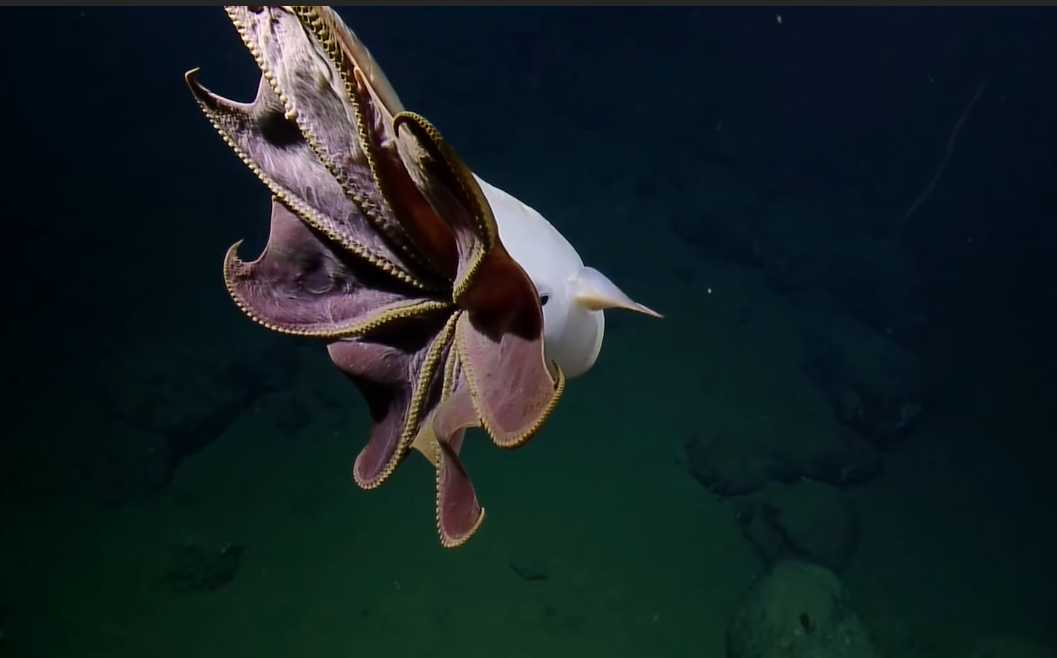A newly discovered species of dumbo octopus, living several 1000 meters deep in the ocean, was first described in a new and unusual way – without an autopsy.
Dumbo Octopus New Species
Researchers are currently monitoring the existence of about 45 known species of deep-sea octopuses, the genus Grimpoteuthis. These cephalopods are characterized by lobed fins located above the eyes. They resemble flying Dumbo elephants from Disney.

Biologist Alexander Ziegler from the German University of Bonn and his team discovered a specimen of a hitherto unknown species of Dumbo octopus in a towing basket. The 30cm cephalopods were pulled from a depth of 4,000 meters in an area called the Emperor Seamounts in the North Pacific.
The octopus could not be caught alive because organisms living in the depths of several kilometers do not survive on the sea surface, they are not adapted to it.
Screenings Replaced the Autopsy
An autopsy is a standard procedure for describing new species. In this case, the scientists did not resort to an autopsy so as not to destroy a unique specimen of the deep-sea Dumbo octopus. The traditional scalpel was replaced by high-intensity magnetic resonance, which provided detailed three-dimensional scans of the octopus’s body. The chitin beak and a tongue were recorded by a device called computational microtomography.

Dr. Ziegler photographed the octopus and took a tissue sample for DNA analysis. Because the specimen differed significantly from all known species of the genus Grimpoteuthis, the biologist loaded the body into formaldehyde, which preserved it for future investigation.

The octopus thus became the first large animal to be described without the use of a scalpel. According to the place of discovery, it was named Grimpoteuthis imperator, i.e., “Emperor Dumbo”.
A male octopus in formaldehyde is housed in the Museum of Natural History in Berlin. A digital copy of the cephalopod, intended for scientific or educational purposes, can be downloaded by anyone from the MorphoBank database.
Source: https://www.sciencetimes.com/articles/30865/20210426/dumbo-octopus-living-pacific-discovered-researchers-formed-habitat-7-000.htm















